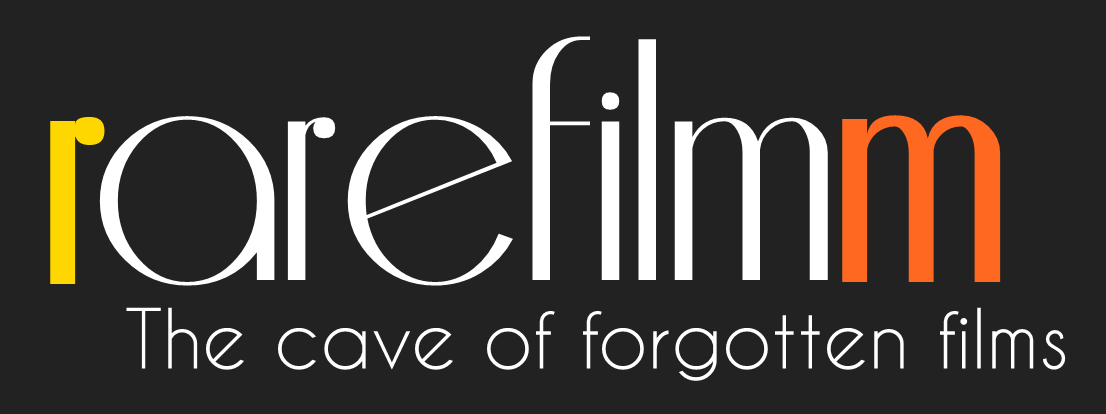Someone Else’s Country looks critically at the radical economic changes implemented by the 1984 Labour Government — where privatisation of state assets was part of a wider agenda that sought to remake New Zealand as a model free-market state. The trickle-down ‘Rogernomics’ rhetoric warned of no gain without pain, and here the theory is counterpointed by the social effects (redundant workers, Post Office closures). Made by Alister Barry in 1996 when the effects were raw, the film draws extensively on archive footage and interviews with key “witnesses to history”.
Tag: NEW ZEALAND
This short, written and directed by Christine Parker (Channelling Baby) takes an allegorical look at the creative process. A writer has a korero with a trickster spirit guide Hinekaro (voiced by Rena Owen), and conjures worlds from the words she inks on a page. In her imaginative struggles she’s visited by a ruru owl and her younger self, and other creatures are brought strikingly to life via special effects (beetles from a book, an eel hiding in a toilet bowl). Hinekaro was adapted from a 1991 short story by Booker Prize-winner Keri Hulme.
When Kirk, a top roller-blader, discovers that he has bone cancer in his leg, his pleasant affluent life is shattered. Even though amputation provides the best chance for survival; to him, losing skating means the end of life. His friends cannot cope with his condition, but his hospital isolation is relieved by Marty – a street kid survivor who was found dying of leukemia. Marty bullies, taunts, and challenges Kirk, until he begins to climb out of his depression. Marty seems afraid of nothing and, knowing she will die, wants to experience everything.
This short black and white NFU ‘drama’ follows three young people on a road trip from Wellington. The trio are meant to be finding a seal colony, but in this early film from director Paul Maunder (Sons for the Return Home), the journey is the destination. The rambling adventure along the coast past Wainuiomata sees the trio discussing paua ashtrays, waning youth, marriage, the state of New Zealand television, and life in general.
Made on a wind-up Bolex camera, The Sound of Seeing announced the arrival of 21-year-old filmmaker Tony Williams. Based around a painter and a composer wandering the city (and beyond), the film meshes music and imagery to show the duo taking inspiration from their surroundings. The Sound of Seeing served early notice on Williams’ editing talents, his love of music, and his dislike of narration. It was also one of the first independently-made titles screened on Kiwi television. Composer/author Robin Maconie later wrote pioneering electronic music.
This BBC2-screened film is a look at the European art world of the late 1960s, and a meditation on the nature of art and the pricing of art, shot by Tony Williams. The origins of this film are suitably cosmopolitan. It was initiated by an Iranian student – and underwritten by Jeremy Fry from Cadbury Fry Hudson. Its focus is Takis, a Greek artist who creates kinetic sculptures out of discarded electronic objects (at times reminiscent of Len Lye’s work), and plans to mass produce cheaper versions of his work to make his art accessible. But will it still be art?
A group of children use a cabin as the meeting place where they gather to sing. When the owner of the place has financial difficulties and thinks of selling it, the friends will devise a way to earn money: they will dye the surrounding sheep in different colors and try to sell the wool as if it were a natural product.
Karemoana was the final destination of Manfred Signal, retired teacher of drawing, whose life was dedicated to nursing her dying mother, and instructing generations of young girls in the art of accurately depicting shadows. But now her mother has died and Manfred feels free to break away and begin life anew. She journeys ‘up north’, and begins to settle in her idyllic island home in a little white cottage near the sea. She had looked forward to savouring the feeling of aloneness, but her first long night in her new home is one of terror.

 For any questions or requests you can always find me at rarefilmm@gmail.com. Stay tuned for those new movies! Thank you once again for all the love and support and thanks a lot to everyone who keeps spreading the word about the site, the rarefilmm community is truly amazing, I'm very grateful for all your love and support
For any questions or requests you can always find me at rarefilmm@gmail.com. Stay tuned for those new movies! Thank you once again for all the love and support and thanks a lot to everyone who keeps spreading the word about the site, the rarefilmm community is truly amazing, I'm very grateful for all your love and support 
